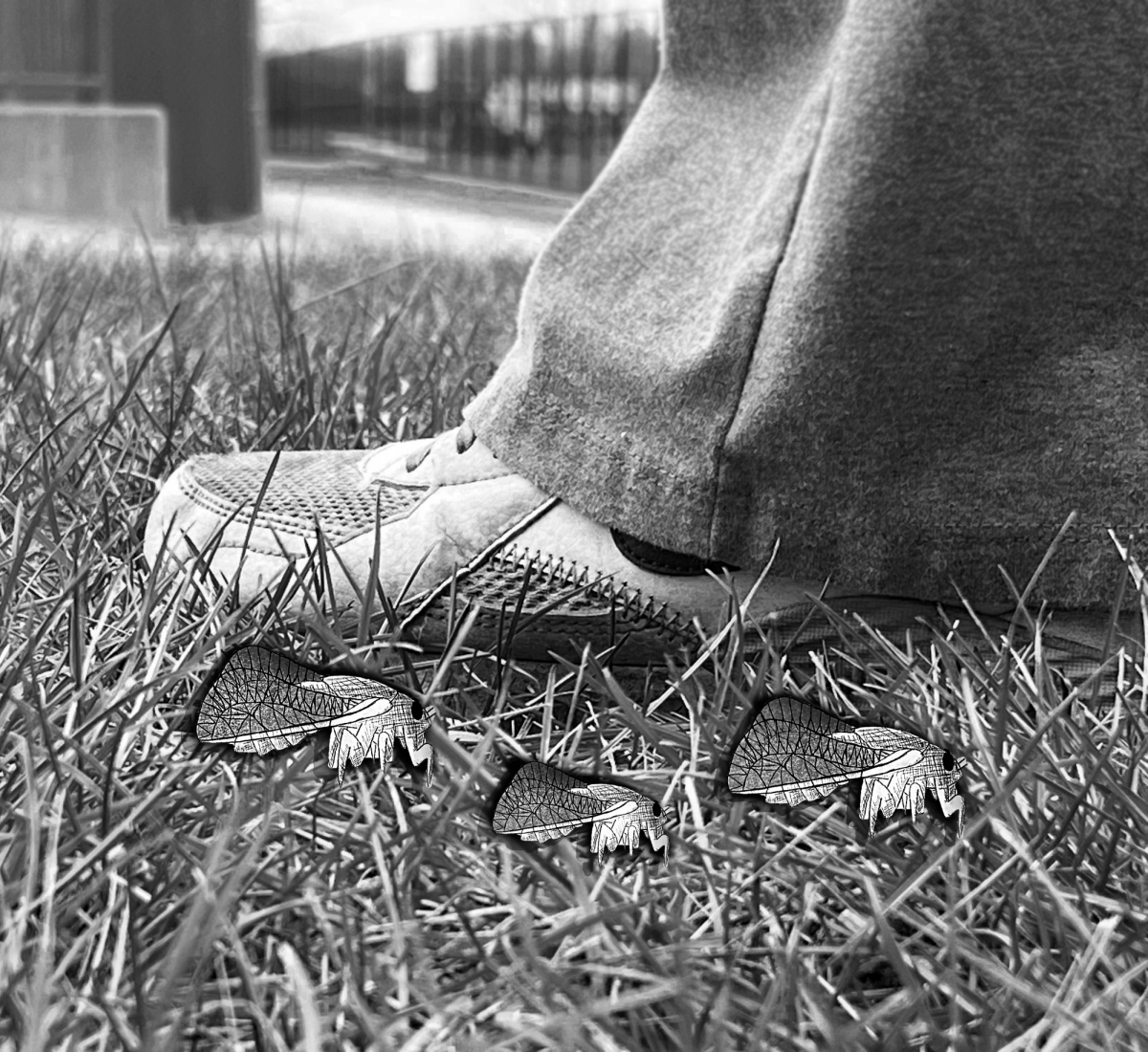Cicadas are going to be buzzing around the southeast and midwest regions starting in mid-May. This will be the first time since 1803 that both groups of cicadas, Brood XIX and XIII will be out at the same time. This double emergence only happens every 221 years.
Brood XIX is the largest distributed group of cicadas. The last time they came out was 13 years ago in 2011. The Brood XIII cicadas appear every 17 years.
This event is called the “duel emergence” and will last till late June. This invasion will cause disruption throughout the midwest as trillions of cicadas will emerge from the ground in the summer months. Many people’s summer plans happen outside, junior Ariella Urias has expressed the difficulties that people could face when outside with friends.
“I think that since they are coming during the summer time and most people hangout outside during the summer, it may affect people’s hangouts if no one wants to be outside listening to the annoying noise of them,” Urias said.
Cicadas use structures known as tymbals to produce sound. Tymbals are the thin, rigid sections of their exoskeletons found on both sides of their thoraxes. Male cicadas use a separate, louder area of their body that generates noise, while females rub their wings together.
After emerging from the earth, cicadas will eventually shed their shells and grow wings, which will let them travel through the air and find suitable hardwood trees and shrubs.
Junior Reese Gee has communicated her worries for her summer job of lifeguarding at the Downers Grove Swim and Racquet Club.
“I don’t know how I’m supposed to work as a lifeguard in the summer if these gross bugs are flying all over me. I can’t wait for them to all go away in the fall,” Gee said.
To lay their eggs, cicadas cut slits in tree limbs. Over time, those splits weaken the tree, which increases the risk of branch breakage. When their eggs catch, Nymph cicadas come out and cling to the trees as they do not have wings.
Nymph cicadas are immature cicadas. They look similar to adult cicadas but have a dark brown color to them.
Nymphs eventually fall from the trees which is when they will burrow into the ground and will stay there until the next cycle of cicadas comes. The Nymphs do not hibernate while they are underground, instead they build tunnels and eat the sap from the roots of trees.
Junior Aidan Meyer has been curious to see all of the cicadas.
“I’m kind of curious of what it’s going to be like, since it has not been this bad for a long time,” Meyer said.
The next cicada invasion will be in 13 years from now, 2037.







